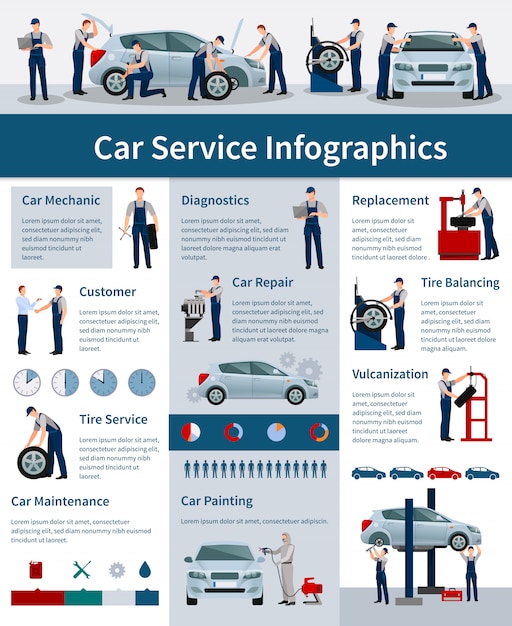Grasping The Significance Of Your Automobile'S Warning Signals: What They Actually Represent
Grasping The Significance Of Your Automobile'S Warning Signals: What They Actually Represent
Blog Article
https://www.carandbike.com/news/tips-on-how-to-keep-car-cool-in-summer-2677669 Develop By-Faulkner Shepherd
When you lag the wheel, those beautiful caution lights on your dashboard can be a little bit puzzling. Do you recognize what they're attempting to tell you about your auto's health? Comprehending the importance of these lights is crucial for your security and the longevity of your lorry. So, the next time one of those lights pops up, would not you intend to decipher its message accurately and take the essential steps to address it?
Common Caution Lights and Interpretations
Identify typical warning lights in your car and understand their definitions to ensure risk-free driving.
The most regular caution lights consist of the check engine light, which signals concerns with the engine or emissions system. If this light comes on, it's critical to have your automobile examined quickly.
The oil pressure alerting light indicates low oil pressure, needing immediate attention to prevent engine damage.
A flashing battery light might suggest a defective charging system, potentially leaving you stranded if not attended to.
The tire pressure monitoring system (TPMS) light notifies you to low tire pressure, impacting vehicle security and fuel effectiveness. Overlooking this might cause risky driving conditions.
seat shampoo car wash indicates an issue with the anti-lock stopping system, jeopardizing your capacity to stop rapidly in emergencies.
Finally, the coolant temperature level warning light warns of engine overheating, which can lead to severe damages otherwise settled quickly.
Comprehending these typical warning lights will aid you deal with concerns promptly and maintain risk-free driving problems.
Relevance of Prompt Attention
Understanding the typical warning lights in your vehicle is only the initial step; the value of promptly resolving these cautions can't be emphasized sufficient to ensure your safety and security on the road.
When a caution light brightens on your control panel, it's your vehicle's method of connecting a prospective problem that requires attention. Ignoring these cautions can cause more severe issues later on, compromising your security and possibly costing you much more in repairs.
Motivate attention to alerting lights can stop failures and accidents. For example, a blinking check engine light could show a misfire that, if left ignored, might create damage to the catalytic converter. Resolving this immediately can save you from a costly repair.
In a similar way, a brake system alerting light may signify reduced brake liquid or used brake pads, critical components for your security when driving.
Do It Yourself Troubleshooting Tips
If you observe a caution light on your dashboard, there are a few DIY troubleshooting ideas you can attempt prior to seeking specialist aid.
The primary step is to consult your cars and truck's manual to recognize what the certain warning light indicates. Often car professional cleaning can be as basic as a loosened gas cap causing the check engine light. Tightening up the gas cap may settle the issue.
Another common concern is a reduced battery, which can trigger various warning lights. Checking the battery links for deterioration and guaranteeing they're safe might repair the issue.
If a caution light continues, you can attempt resetting it by separating the auto's battery for a few minutes and after that reconnecting it. Furthermore, checking your vehicle's fluid degrees, such as oil, coolant, and brake fluid, can help fix cautioning lights associated with these systems.
Final thought
Finally, understanding your car's warning lights is essential for maintaining your vehicle running efficiently and securely. By quickly resolving these informs and recognizing what they mean, you can stay clear of expensive repairs and possible breakdowns.
detailing near me in mind to consult your automobile's guidebook for specific information on each alerting light and take action as necessary to ensure a trouble-free driving experience.
Keep informed, stay risk-free when driving!
